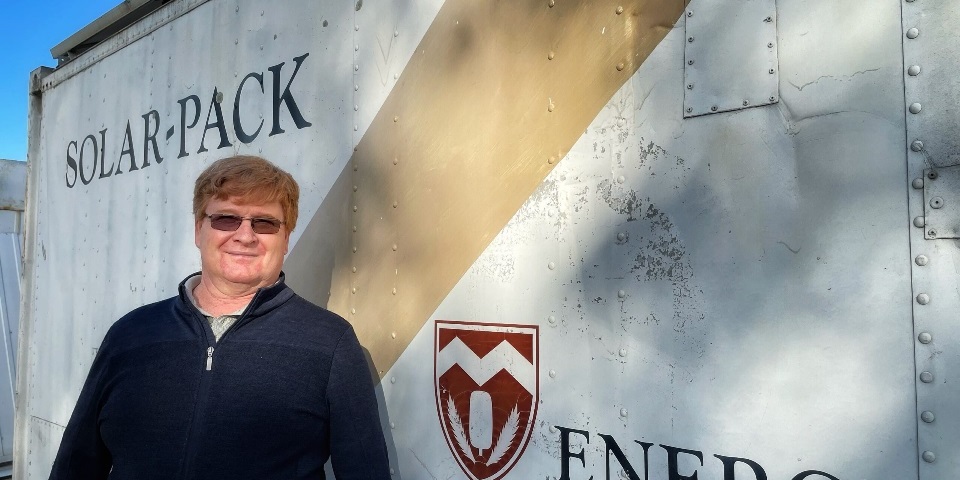How renewables are reviving remote communities

In the late '90s, a remarkable project quietly unfolded across Australia – an energy revolution that would transform the lives of remote Indigenous communities.
The Bushlight Project is an Indigenous-led program that set out to provide remote communities with access to affordable, reliable and consistent renewable energy.
It was run by the Centre for Appropriate Technology, which sought to understand the true electricity needs of these communities across Australia, aligning their aspirations with reliable, robust energy systems.
In Kitty Wells, for example, a homeland community 200km southeast of Broome, they aspired to have access to reliable power around the clock, consistent refrigeration, washing facilities and to reduce diesel use.
While each community differed in what they specifically wanted to achieve, the common theme was a desire to be able to live on Country on their terms.
If reliable power wasn’t available, especially through wet seasons when communities can be cut off from services and diesel supply for months, people were often forced to migrate to urban areas.
The Bushlight Project was established through an understanding of these challenges and the need for a better energy solution for remote communities. Murdoch University designed the systems that would achieve that.
Professor Chris Lund led the design, through the Collaborative Research Centre for Renewable Energy hosted at Murdoch.
As part of that research centre, a unique testing facility dedicated to renewable energy systems was developed – the only one of its kind in Australia.
This was critical, as developing reliable and robust systems for remote areas is very different to those for urban environments.
The team developed simple, reliable hybrid systems that drew on solar and wind to replace as many diesel generators as possible. They then built these systems in shipping containers that were taken to harsh environments for field testing.
The technology stood up to the challenge and was soon rolled out in more than 130 remote communities across the country.
Two decades later, many of these systems still hum quietly, a testament to both their design and the tireless maintenance and education efforts of the Centre for Appropriate Technology.
To this day, the systems are providing refrigeration for food and medicines, power for classrooms, year-round electricity that allows people who want to live on Country to do so.
It also remains a blueprint of how to do things right. The holistic approach – with authentic consultation that listened to what the communities truly wanted and needed – set it apart from anything that came before.